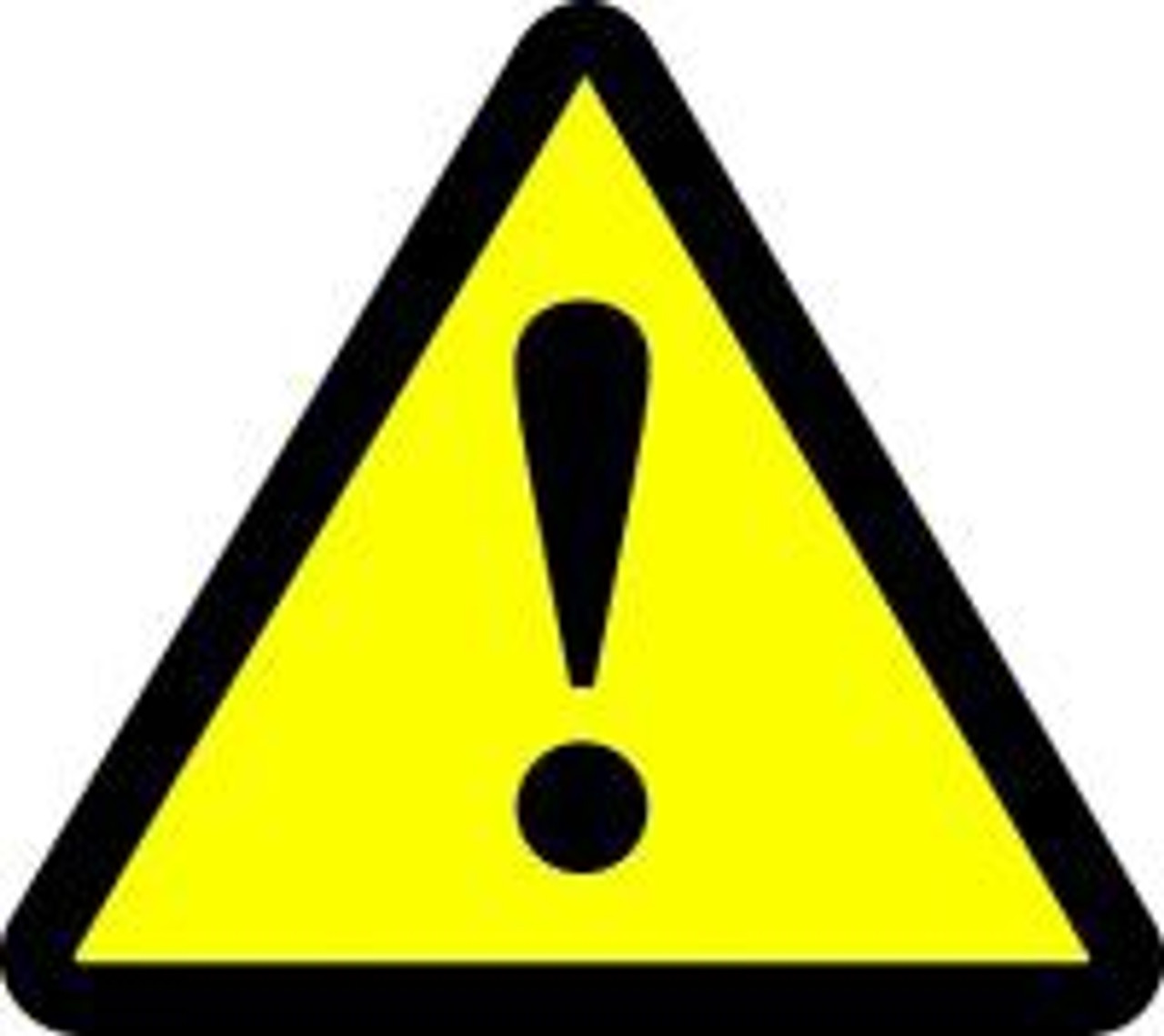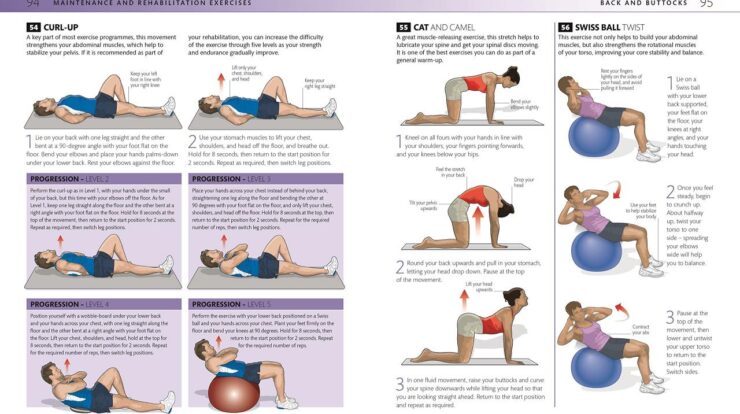
Is watch or warning worse – When it comes to severe weather, the terms “watch” and “warning” are often used interchangeably. But what’s the difference between the two, and which one should you be more concerned about? Watch or Warning: Which is Worse and Why? will help you understand the severity levels, impacts of issuing alerts, factors influencing decision-making, and communicating with the public when it comes to watches and warnings.
Knowing the difference between a watch and a warning can help you make informed decisions about your safety and the safety of your loved ones.
Catch the latest BKFC events with ease. Find out how to access the gripping battles and witness the raw power of the bare-knuckle fighters.
Understanding Severity Levels
Watches and warnings are two distinct levels of weather alerts issued by meteorologists to indicate the potential for hazardous weather conditions. Understanding the difference between these two levels is crucial for public safety and preparedness.
Stay informed about potential weather hazards by understanding the difference between a watch and a warning. Here’s a comprehensive guide to help you navigate these terms and prepare accordingly. Don’t miss the thrilling action of Bare Knuckle Fighting Championship (BKFC).
Discover how to stream the brutal and exciting matches, and witness the fighters’ relentless determination.
Severity Levels, Is watch or warning worse
- Watch:A watch indicates that conditions are favorable for the development of hazardous weather, but the specific location and timing of the event are still uncertain.
- Warning:A warning is issued when hazardous weather is imminent or already occurring. It provides specific information about the location, timing, and severity of the event.
Watches are typically issued several hours to days in advance, while warnings are issued when the threat is more immediate.
Impacts of Issuing Alerts
Issuing watches and warnings can have significant consequences, both positive and negative.
Positive Impacts
- Increased public awareness:Alerts inform the public about potential hazards, allowing them to take necessary precautions.
- Reduced risk of injury or death:By providing timely warnings, authorities can help people avoid dangerous situations.
- Enhanced emergency response:Warnings allow emergency responders to prepare and mobilize resources in advance.
Negative Impacts
- False alarms:Watches and warnings can sometimes be issued when hazardous weather does not materialize, leading to unnecessary anxiety and disruption.
- Economic losses:Warnings can lead to business closures, transportation delays, and other economic disruptions.
- Psychological stress:Repeated warnings can cause anxiety and fear among the public.
Balancing the potential benefits and risks of issuing alerts is a complex decision for meteorologists.
Factors Influencing Decision-Making: Is Watch Or Warning Worse

Meteorologists consider several key factors when deciding whether to issue a watch or warning:
Weather Patterns
- Current weather conditions
- Forecasted weather patterns
- Historical data on similar weather events
Data Analysis
- Radar and satellite imagery
- Weather station data
- Numerical weather prediction models
Risk Assessment
- Likelihood of the hazardous weather event occurring
- Potential severity of the event
- Vulnerability of the population in the affected area
Meteorologists weigh all these factors carefully before making a decision.
Communicating with the Public

Clear and effective communication is crucial when issuing watches and warnings. Meteorologists use various methods to convey the severity of the situation and provide actionable advice to the public:
Public Announcements
- Television and radio broadcasts
- Social media platforms
- Emergency alert systems
Weather Forecasts and Advisories
- Detailed weather forecasts provide information about potential hazards.
- Advisories offer specific guidance on what actions to take.
Collaboration with Local Authorities
- Meteorologists work closely with local emergency management agencies.
- They provide updates and guidance on the best course of action.
Effective communication helps ensure that the public understands the risks and can take appropriate steps to stay safe.
Case Studies
Analyzing real-world case studies can provide valuable insights into the effectiveness of watches and warnings:
Successful Cases
- Hurricane Katrina (2005): Timely warnings allowed many people to evacuate, saving lives.
- Tornado outbreak in Alabama (2011): Warnings gave people enough time to seek shelter.
Unsuccessful Cases
- Flash floods in Texas (2015): Warnings were not issued in time, leading to fatalities.
- Wildfires in California (2018): False alarms caused unnecessary panic and disruption.
Case studies help identify areas for improvement in alert systems.
Concluding Remarks
Ultimately, whether a watch or warning is worse depends on the specific situation. However, by understanding the difference between the two and the factors that meteorologists consider when issuing them, you can be better prepared to respond appropriately to severe weather.
FAQ Corner
What is the difference between a watch and a warning?
A watch means that conditions are favorable for severe weather to develop, while a warning means that severe weather is imminent or already occurring.
What should I do if I hear a watch or warning?
For a captivating cinematic experience, don’t miss the highly anticipated film “Oppenheimer.” Click here to find out how to catch the gripping portrayal of the enigmatic scientist’s life and work. Dive into the world of politics and satire with the White House Correspondents’ Dinner , where you’ll witness the latest political quips and observations.
If you hear a watch, be prepared to take action if a warning is issued. If you hear a warning, take shelter immediately.
How can I stay informed about severe weather?
There are a number of ways to stay informed about severe weather, including local news, weather apps, and the National Weather Service website.





